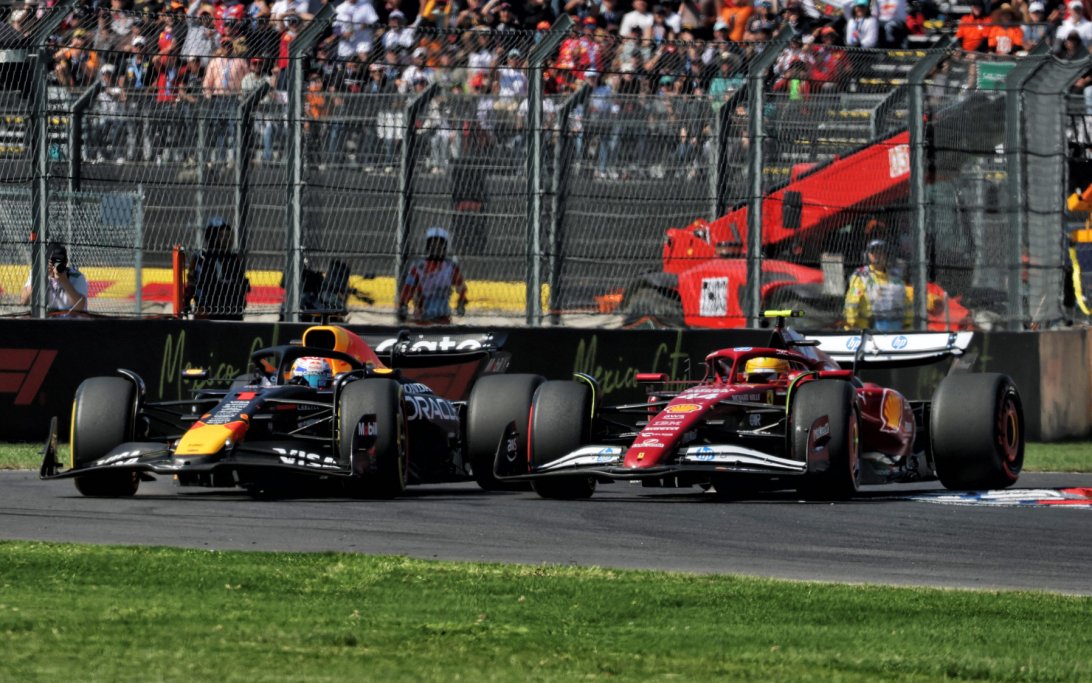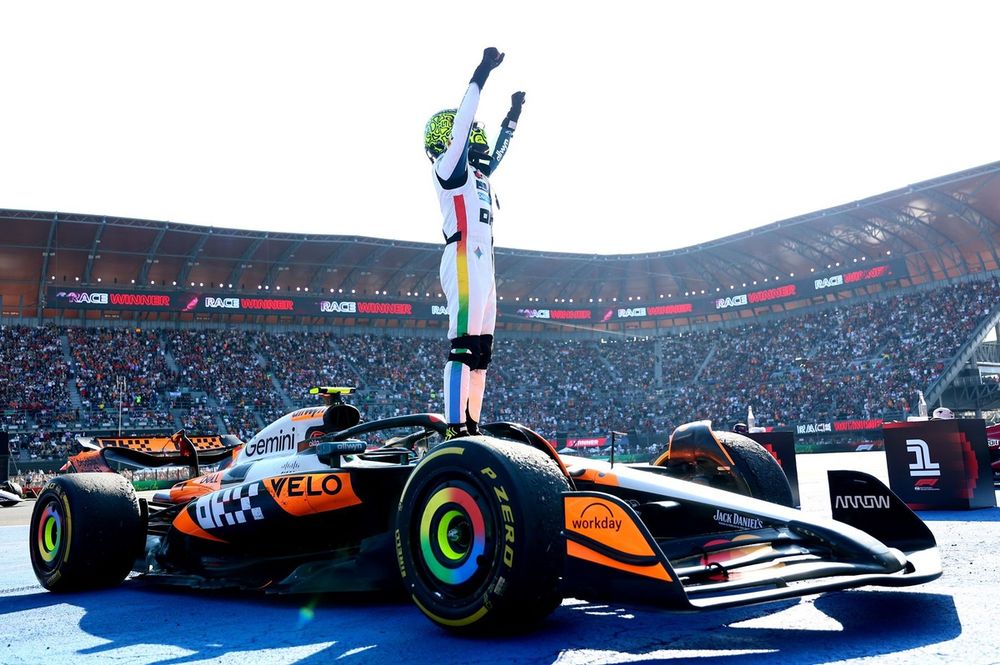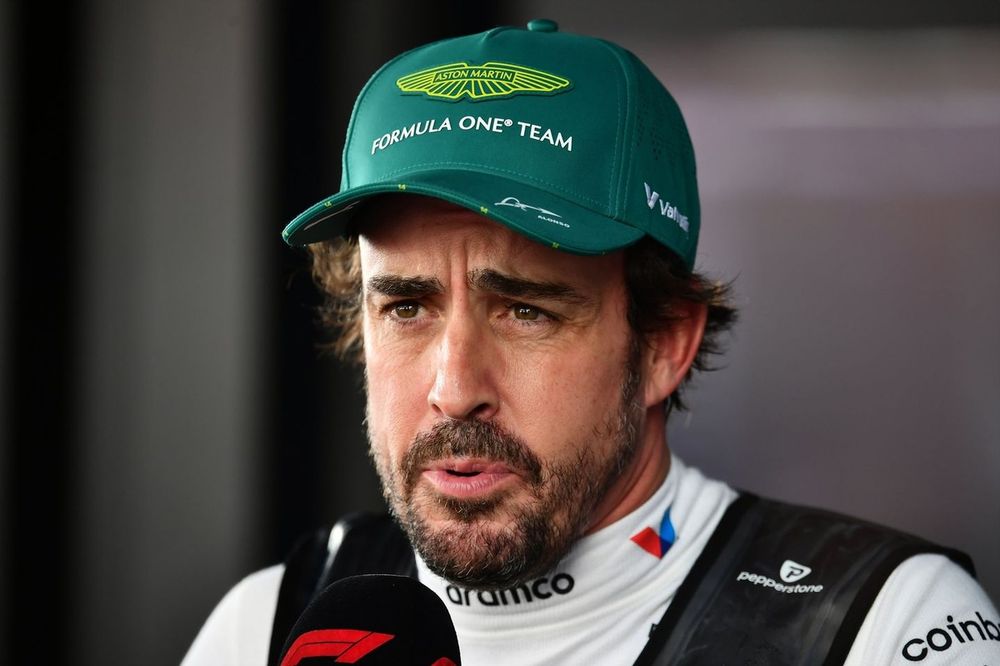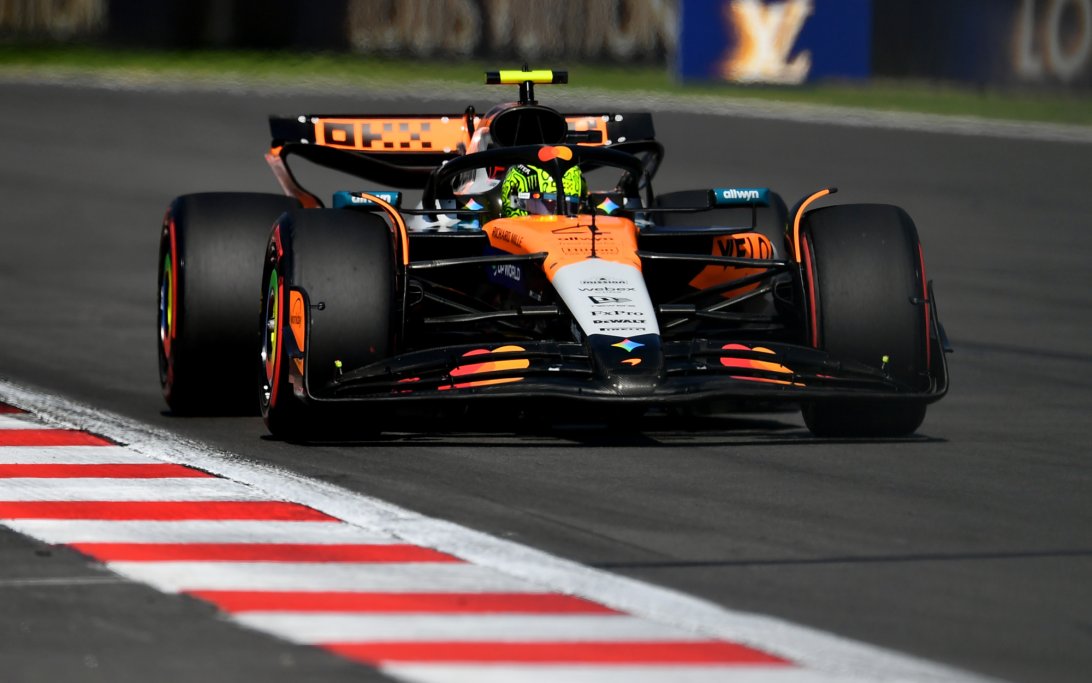
Why Lewis Hamilton Avoided Double Penalty at Mexican GP
Lewis Hamilton found himself embroiled in first-lap chaos at the Mexico City Grand Prix, briefly holding second place before Charles Leclerc's move and eventually settling into third. However, a battle with Max Verstappen on Lap 6 saw Hamilton lock up, run wide, and cut across the grass, re-emerging ahead of Verstappen. This incident led to two separate investigations, but the FIA stewards' nuanced decision-making meant he only received a single, albeit costly, penalty.
Why it matters:
Ferrari's recent struggles with consistency make every point crucial. Hamilton's penalty, while seemingly straightforward, highlights the complexities of F1 stewarding and the fine line drivers walk when rejoining the track after an incident. Understanding these decisions is key to appreciating the sport's intricate rules and their impact on race outcomes.
The details:
- First-Lap Incident: Hamilton was initially second but lost a spot to Leclerc, who used the run-off at Turn 2. Hamilton then held third.
- Verstappen Battle (Lap 6): During a fierce battle with Verstappen from Turn 1 to Turn 4, Hamilton locked his brakes, ran wide, and drove across the grass.
- Double Investigation: Hamilton was investigated for two potential infringements:
- Failing to follow race director's instructions: Specifically, not using the prescribed escape road after Turn 4.
- Leaving the track and gaining an advantage.
- Escape Road Decision: The stewards acknowledged that Hamilton, due to excessive speed, was not in sufficient control to use the designated escape road. They stated: “The stewards determined that the car was carrying too much speed to enable the driver to use the prescribed escape road, and for that reason the driver had a justifiable reason for failing to comply with the Race Director’s instruction.” No further action was taken on this point.
- Gaining Advantage Penalty: However, Hamilton was penalized for gaining a lasting advantage over Verstappen by cutting the corner. The stewards observed that the gap between the two after Hamilton rejoined was clear evidence of this advantage.
- Penalty: A 10-second time penalty was imposed, served during his first pit stop.
- Race Outcome: Hamilton finished the race in eighth place.
Between the lines:
The stewards' decision illustrates the distinction between a driver's ability to comply with instructions and the outcome of their actions. While Hamilton's speed prevented him from using the escape road, a justifiable reason for non-compliance, the fact that he still gained an advantage by rejoining ahead of Verstappen necessitated a penalty. It emphasizes that even unintended gains from leaving the track are subject to sanction.
What's next:
This incident will likely reinforce discussions among drivers and race directors about specific track limits and rejoin procedures, particularly in high-speed corners with alternative run-off options. For Ferrari, every such penalty represents lost points, underscoring the need for precision and error-free driving as they push for stronger results in the remaining races of the season.
Original Article :https://racingnews365.com/revealed-why-lewis-hamilton-avoided-double-fia-mexican...









